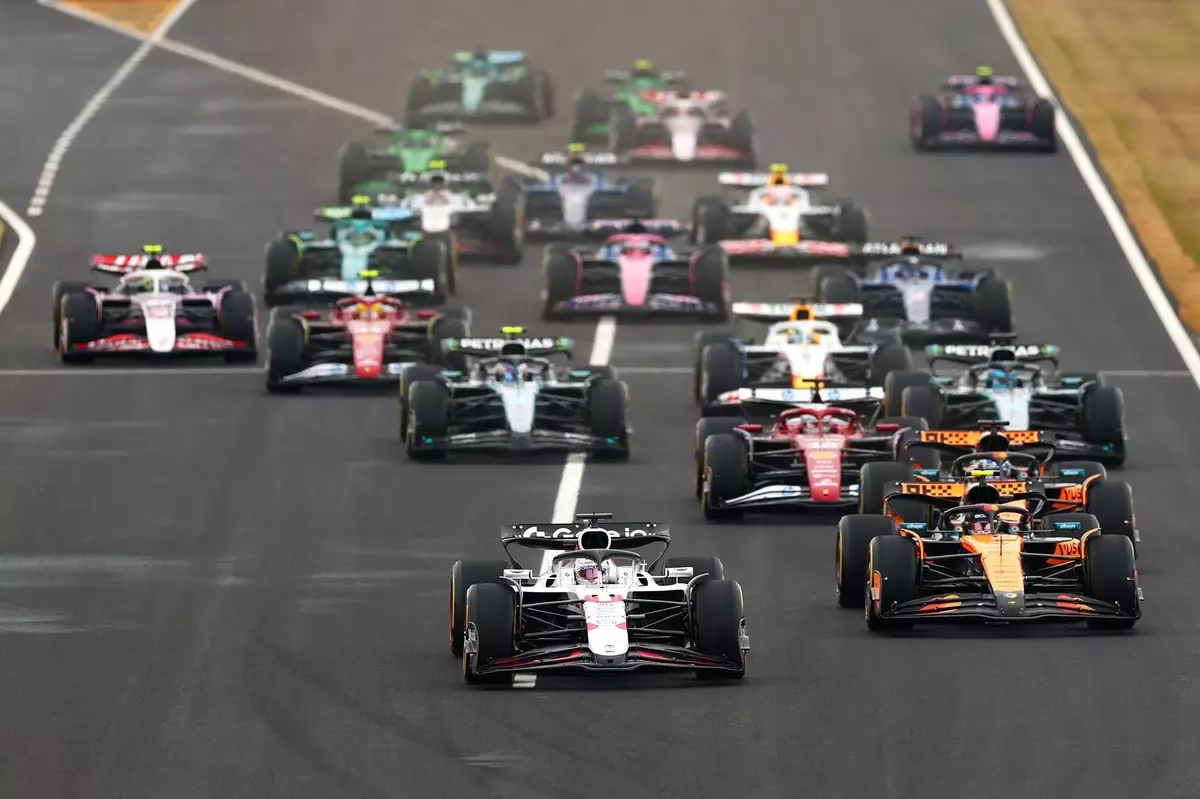The world of Formula 1 racing is ever-evolving, and recent discussions among power unit manufacturers and the FIA represent a pivotal moment in determining the sport’s future. The gathering, which occurred in Bahrain, was not just an average meeting; it was a strategic conversation about the impending engine regulations that will guide the hybrid landscape set to debut in 2026. The involvement of major players such as Audi, Honda, and even Cadillac highlights the significance of this meeting, as different manufacturers have vested interests in how regulations shape the competitive framework of F1.
The presence of FIA president Mohammed Ben Sulayem at this roundtable discussion underscores the urgency and importance of these talks. His suggestion to explore the possibility of reintroducing V10 engines caught many by surprise, showcasing the divergent philosophies regarding the sport’s direction. While the allure of V10s remains strong among traditionalists, it’s crucial to understand that adapting to modern technological advancements while maintaining the sport’s competitive edge is paramount.
The Weight of 2014: Learning from Past Dominance
One of the central themes of the discussions is the need to avoid a repeat of the 2014 season, marked by an unquestionable Mercedes dominance due to their advanced power units. The angst from that period still lingers, and manufacturers, including both Audi and Honda, expressed concerns about making changes to the engine rules before they are fully implemented. It’s evident that the clarity of the hybrid formula is essential for maintaining a level playing field and encouraging fair competition among teams.
Christian Horner, the Red Bull team principal, rightly pointed out the concern over performance divergence following significant regulatory changes. The sport’s integrity hinges on creating conditions where competitiveness is not only encouraged but sustained. Simply put, the F1 community cannot afford another era where one manufacturer dominates due to sheer advantage in engine technology.
Future Trajectories: Evaluating the Path Ahead
During the talks, conversations veered towards not only the necessary 2026 regulations but also the vision for the years 2028 and beyond. While the consensus was that immediate changes to the engine regulations are unlikely, there was a clear acknowledgment of the need for further discussions about F1’s long-term future. As teams begin working on in-house power units, particularly with Ford’s backing for Red Bull, the dynamics within the sport are set to shift.
Horner’s remarks about a “fact-finding mission” are telling; it’s an acknowledgment that manufacturers must provide feedback to the FIA, fostering an environment of co-creation rather than dictation regarding future regulations. In a sport that thrives on innovation, the ability to adjust and refine engine designs throughout the racing season could yield exciting results, allowing teams to keep pace with rivals instead of being shackled to a previously homologated engine.
The Call for Flexibility in Regulations
The sentiment expressed in Bahrain among various stakeholders suggests a growing appetite for making the sport adaptive and less rigid in terms of engine homologation. With a budget cap already in place, the conversation turned to possibly permitting upgrades within that financial framework, thereby promoting innovation while preventing unchecked dominance. This approach could potentially foster a more competitive field, encouraging teams to push the envelope rather than settle for mediocrity.
The FIA’s hands-on approach to seeking input from manufacturers indicates a shift towards a collaborative spirit that could redefine Formula 1. If managed effectively, the regulations can strike a balance between technological advancement and equal opportunity for competition.
As Formula 1 continues to navigate the waters of change, the discussions in Bahrain mark a critical juncture. The collaborative nature of the dialogue is essential, encouraging a multitude of voices to contribute to a more dynamic and thrilling future for the sport. With manufacturers keen on shaping the technical landscape, the racing world will be watching closely.

